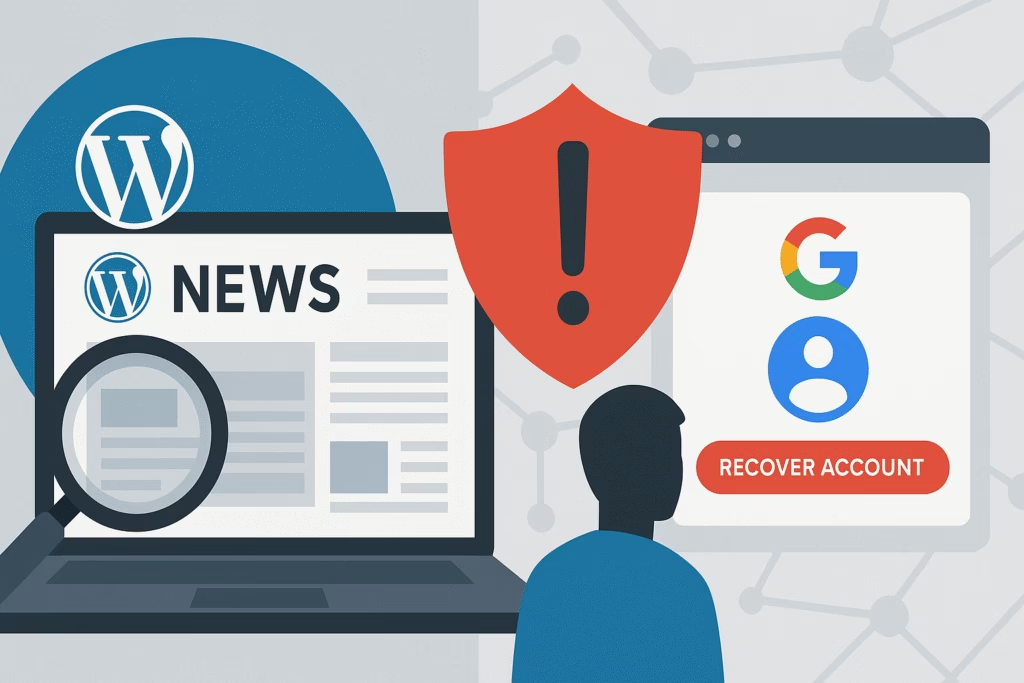
Introduction
As we approach 2025, application phishing has evolved into one of the most sophisticated cyber threats facing businesses and consumers alike. Attackers now target mobile apps, web applications, and even API endpoints to trick users into divulging credentials or installing malware. Without proactive phishing solutions in place, organizations risk significant data breaches, financial loss, and reputational damage. In this article, we explore the latest technology security updates and effective strategies—highlighting how PhishDef’s AI-driven platform can safeguard your applications against emerging phishing campaigns.
The Evolving Landscape of Phishing in 2025
Rise of Phishing Applications
According to the 2024 Verizon Data Breach Investigations Report, application-based phishing incidents rose by 35% year-over-year. Attackers exploit legitimate app stores, clone popular apps, or inject malicious code into trusted software to harvest login credentials or session tokens.
- Mobile app phishing: Fake banking or payment apps that steal two-factor SMS codes.
- Web app phishing: Spoofed login portals crafted with stolen UI assets.
- API-level phishing: Manipulated API calls that send sensitive data to attacker-controlled servers.
Why Traditional Solutions Fall Short
Classic anti-virus or signature-based filters can’t keep pace with polymorphic phishing kits and AI-generated phishing pages. Common shortcomings include:
- Delayed detection: Signatures are updated only after an attack is identified in the wild.
- High false positives: Overly broad rules block legitimate apps or frustrate end users.
- Lack of contextual awareness: Rules can’t interpret user behavior or real-time risk signals.
Cutting-Edge Phishing Solutions for Applications
Multi-Factor Authentication and Behavioral Analytics
Implementing multi-factor authentication (MFA) reduces risk by requiring additional verification beyond passwords. When coupled with behavioral analytics, you can spot anomalies such as:
- Unusual login times or geolocations
- Rapid credential reuse across applications
- Automation attempts that mimic human input
Key steps:
- Enforce MFA on all critical applications (SSO portals, admin consoles).
- Set risk thresholds in behavioral analytics engines.
- Trigger step-up authentication for high-risk events.
AI-Powered Detection and Response
Machine learning models now analyze millions of event logs and network flows to detect zero-day phishing campaigns. Effective AI-driven phishing solutions:
- Ingest telemetry from endpoints, proxies, and cloud services in real time.
- Identify phishing indicators (URL similarity, domain reputation, page structure).
- Automate quarantining or alerting based on confidence scores.
PhishDef’s AI engine continuously retrains on newly discovered phishing patterns—ensuring your applications stay protected against evolving threats.
Zero Trust Architecture for Application Security
Adopting a Zero Trust model means “never trust, always verify.” This approach:
- Authenticates every request at the application layer.
- Implements least-privilege access controls.
- Encrypts data in transit and at rest.
By integrating PhishDef into a Zero Trust framework, organizations gain an additional layer of phishing protection—validating user intent and detecting compromised sessions.
Step-by-Step Guide to Hardening Your Apps Against Phishing
- Conduct a Comprehensive Risk Assessment
Inventory all applications, APIs, and third-party integrations. Map attack vectors and data sensitivity levels. - Implement Secure Development Practices
– Use parameterized queries to prevent injection.
– Employ Content Security Policy (CSP) headers.
– Integrate static and dynamic code analysis into CI/CD pipelines. - Deploy Advanced Anti-Phishing Tools
– Enable PhishDef’s real-time URL inspection and domain reputation checks.
– Configure behavior-based alerting for abnormal flows. - Enhance User Awareness and Training
– Run regular phishing simulation campaigns.
– Provide microlearning modules on mobile and web app safety.
– Track click rates and remediate weak links. - Monitor and Respond Continuously
– Set up SIEM integration for centralized logging.
– Define playbooks for suspected phishing breaches.
– Conduct quarterly tabletop exercises.
Real-World Examples and Case Studies
Case Study 1: Financial Services Firm
A mid-sized U.S. credit union experienced a 50% surge in mobile app phishing attempts in Q1 2024. After integrating PhishDef:
- Phishing incident response time dropped from 8 hours to under 30 minutes.
- Successful credential theft attempts fell by 70% within three months.
- User-reported phishing events increased by 40%, indicating stronger security culture.
Case Study 2: Healthcare Provider
In late 2023, a regional hospital network faced a targeted API-level phishing attack that exposed patient records. By deploying a combination of Zero Trust micro-segmentation and PhishDef’s AI monitoring:
- Unauthenticated API calls were blocked in real time.
- No successful data exfiltration attempts were recorded post-implementation.
- Compliance posture improved, simplifying HIPAA audit readiness.
Key Takeaways
- Application phishing is rising: 35% year-over-year growth demands modern defenses.
- Traditional signature-based tools can’t keep pace with AI-driven phishing kits.
- Combine MFA, behavioral analytics, AI-powered detection, and Zero Trust for layered security.
- PhishDef offers real-time phishing detection, automated response, and continuous learning to protect apps in 2025 and beyond.
Call to Action
Don’t wait until a phishing breach disrupts your operations. Strengthen your application security strategy today with PhishDef’s advanced phishing solutions. Start your free trial or schedule a demo to see how PhishDef can safeguard your critical applications in 2025.


